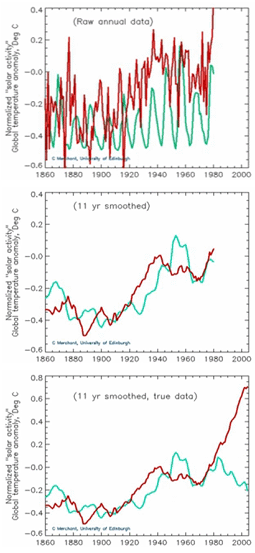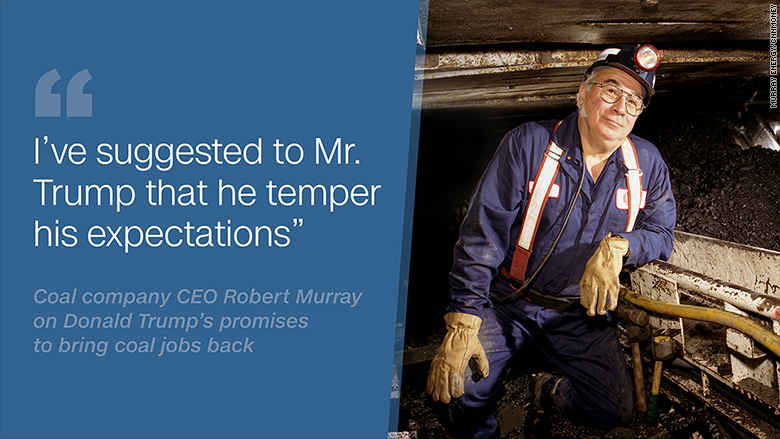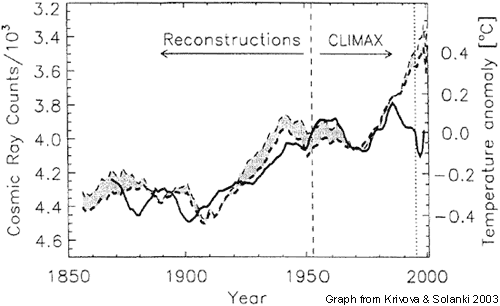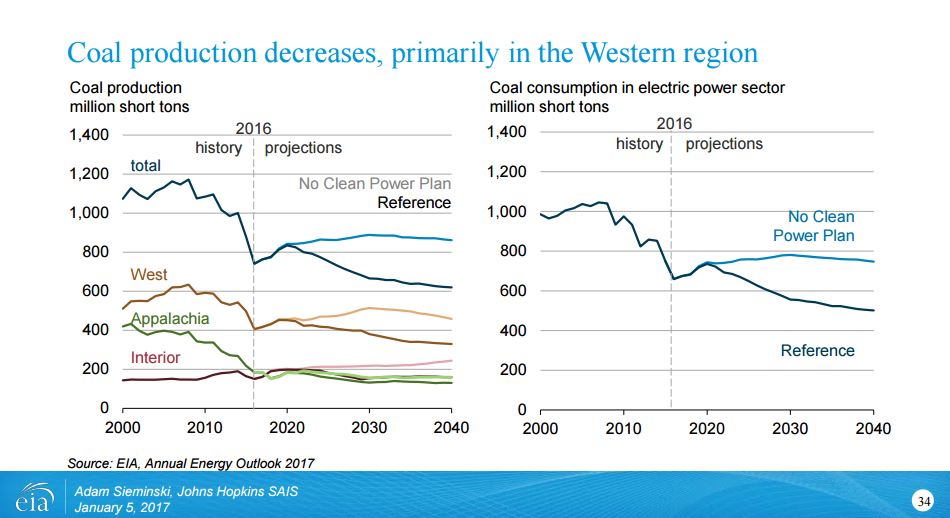https://m.townhall.com/columnists/stephenmoore/2017/04/18/coals-colossal-comeback-n2314519
Kmoney was telling me coal was never coming back. I guess his MSM sources forgot a few pertinent details.
Pardon me while I inject some facts. Because that is a very, very dishonest article, and I can prove it.
See, here's the thing. They're conflating coal mining with all mining. Coal mining is a subset of all mining, it's true. But then, so is oil and gas extraction, which are two things that are replacing coal mining. So looking at mining in all as an indication of coal mining jobs is a crude tool at best. But, since the jobs report lists coal mining specifically as a line item, the omission of that consideration is odd. And without that detailed information, using those decontextualized numbers to claim a massive comeback of coal jobs is plain old lying. So what do the numbers actually say? Well, here's the jobs report cited in the article:
https://www.bls.gov/news.release/empsit.t17.htm
You will notice that there was significant job growth in mining. As your article claims, there were 11,000 jobs added in mining from February to March 2017. So...how many of those were coal jobs? 100. Actually, we don't know, because 100 is the lowest precision shown in the table. It could be 50. It could also be 149. But it's literally the smallest increase possible to register that's still an increase.
So, how does that compare to the supposed low-point in October? Well, to find that information, you have to go back in time a bit:
https://web-beta.archive.org/web/20161119231602/https://www.bls.gov/news.release/empsit.t17.htm
So, here we have the Way-back Machine's crawl of the jobs report from November, where the October numbers were reported. So, for all mining, we see 628,700 total jobs in October. Compared to the March 2017 numbers (644,000), that's the delta of 15,300. So, how much of those gains are coal mining? In October 2016, the number was 53,300 coal jobs. And last month, it was...50,300. That's no gain. That's a loss. That's a 5.6% loss. Maybe they're using some sort of Trump-enthusiasm adjustment, but in absolute terms, there is no comeback, it's not happening so far.
Do you feel like a winner yet? Or are you starting to feel like a chump? Are you going to accuse me of just listening to my liberal sources, when I'm getting my data from the primary sources supposedly used by your article?




